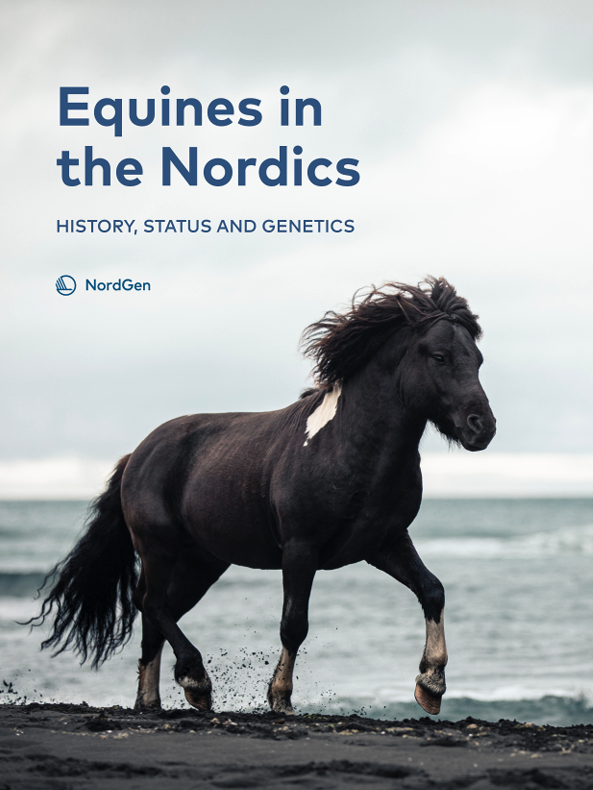Equines in the Nordics: History, status and genetics

Tietoja
Julkaisupäivämäärä
Kuvaus
With roots as far as the Bronze age, equines have played an invaluable role in history, both with regards to agriculture and forestry, warfare, transportation and leisure, and therefore hold important cultural signi icance in the Nordics. The link between horses and the welfare bene its of their caregivers makes the species an important part of society as well. Since the agricultural and industrial revolution, the equine sector has been in luenced by a range of challenges due to the dramatic change in the role of horses in society, especially for the Nordic native breeds.However, as society adapts and finds new ways to use and protect them, there is a hope for the future. Although there has been cooperation between the Nordic countries in the horse sector, a collective report of the status of all the Nordic countries has been missing. This report marks a start for this type of effort by considering both commercial and native breeds. Further, it comprises the horse sector in the Nordics, with a special focus on the native horse breeds and the possibilities they carry for environmental sustainability, their socio-economic importance, their genetics as well as their risk status.The report further evaluates the Domestic Animal Diversity Information System (DAD-IS) maintained and developed by FAO as a tool for gathering information about the development and current status of the native breeds. The goal of this report is to identify knowledge gaps and areas of improvement for the Nordic equine sector and the collected data of the native horse breeds. One of the biggest challenges has been to find validated information sources for the population numbers of the breeds in each country – there are varying estimates for both commercial and native breeds. The numbers have significant impact for the determination of managing strategies of the populations.Reports for each of the countries (Denmark, Finland, the Faroe Islands, Iceland, Norway and Sweden) are presented, and depict the current role of horses, breeding, population development and economic values of the equine sector are listed in each of the country-reports. The information in the country reports were derived from a questionnaire and by using DAD-IS.
Julkaisunumero
2024:05




